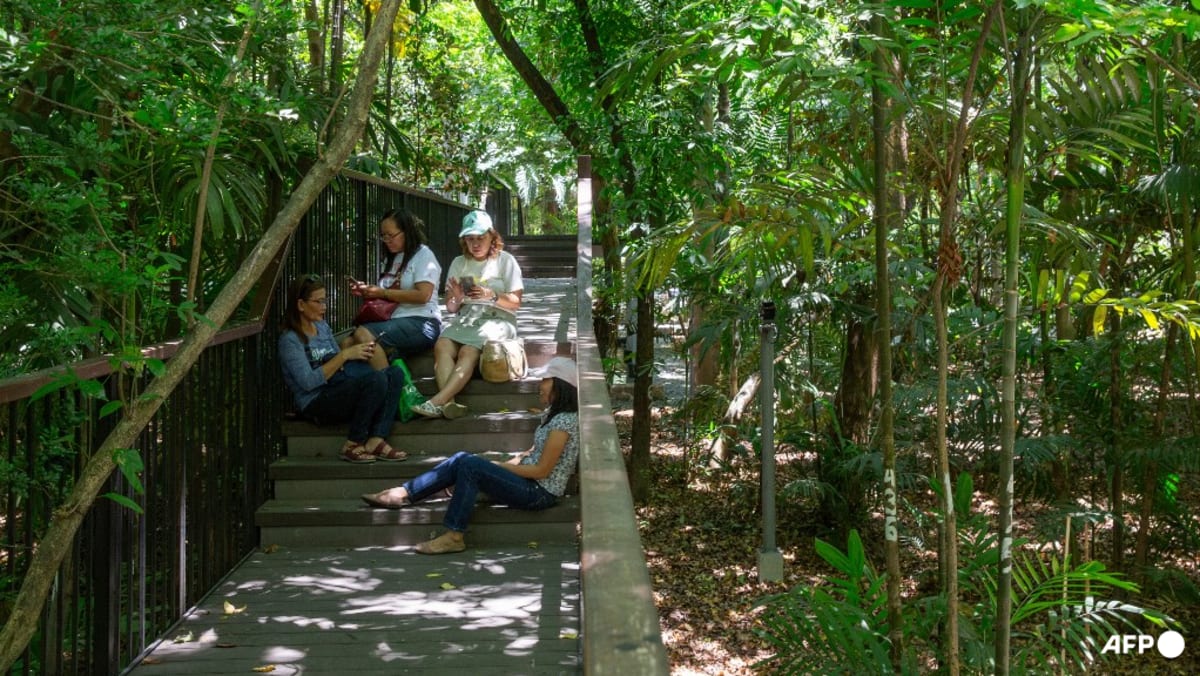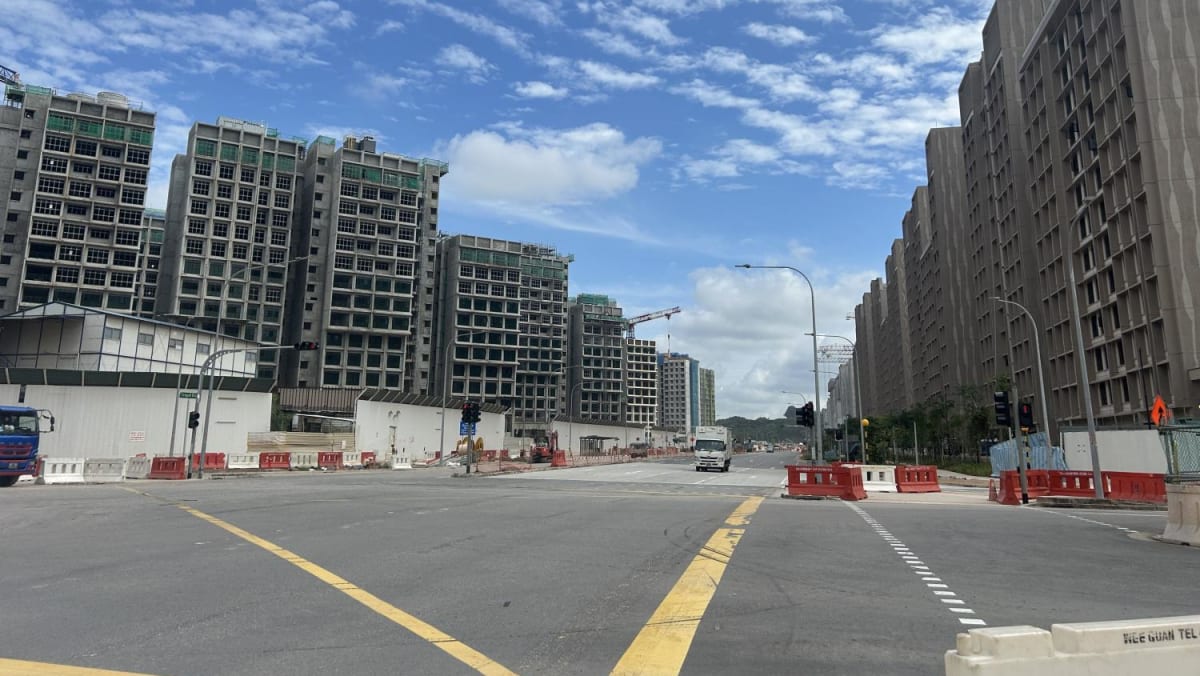SINGAPORE — A new integrated general and community hospital will be built in Tengah Town by the early 2030s, as part of plans to address Singapore’s hospital capacity crunch, said Minister for Health Ong Ye Kung.
Speaking in Parliament on Wednesday (March 6) during a debate on his ministry’s budget, Mr Ong added that the Ministry of Health (MOH) will also be increasing public hospital capacity by about 4,000 beds from now to 2030 to meet the needs of the population.
In a separate factsheet shared with the media, MOH said it had commenced planning for the new hospital in Tengah to serve the growing population in the western region of Singapore.
The new Tengah hospital will “best complement current hospitals in the west”, said Mr Ong. These include Ng Teng Fong General Hospital and Jurong Community Hospital.
On why Tengah was chosen as the location, Mr Ong added: “We have just completed one in the north, Woodlands Health, are building another in the east, and expanding SGH (Singapore General Hospital) in the central region. So, the next new public hospital should be in the west.”
The hospital will be operated by the National University Health System (NUHS).
NUHS is one of three groups of healthcare institutions in Singapore that runs several polyclinics, national specialty centres, and hospitals such as National University Hospital and Ng Teng Fong General Hospital.
With the addition of Tengah and the new Eastern General Hospital Campus — announced in Parliament in 2020 — Singapore will have a total of 13 public acute hospitals and 12 community hospitals in the early 2030s, said MOH.
It added that industry consultation for a previously announced new not-for-profit private hospital, that will cater primarily to Singaporeans from 2030, is ongoing.
MORE PUBLIC HOSPITAL BEDS
There are now more than 11,000 public hospital beds in Singapore, and Mr Ong said MOH plans to increase that by about 4,000 beds from now to 2030.
“We should see new capacity coming on stream every year from now to 2030,” said Mr Ong.
This is more than double the target of 1,900 more public hospital beds over the next five years that Mr Ong mentioned during last year’s Budget debate.
The need to increase public hospital beds was raised in Parliament in January this year and in a written response, Mr Ong said then that Singapore continues to experience a capacity crunch in hospitals due to rising number of elderly patients with more complex conditions, who often require much longer stays.
“To tackle the challenge more fundamentally, we need to expand capacity, and catch up for the time lost due to Covid-19,” said Mr Ong on Wednesday.
For a start, the Woodlands Health Campus will commission up to 700 beds in 2024 and 2025, he added.
Slated to open this year, the SGH Emergency Medicine Building will have about 150 beds, while the SGH Elective Care Centre is set to open in 2027 with 300 beds.
In 2026, Sengkang General Hospital and Outram Community Hospital will also progressively increase their capacity by about 350 beds by converting some non-clinical spaces into hospital wards.
Two other hospitals, Alexandra Hospital and the Eastern General Hospital Campus at Bedok North, will progressively open their new areas between 2028 and 2030.
MIC@HOME TO BE REGULAR SERVICE
From April 1, the Mobile Inpatient Care @ Home (MIC@Home) service will become “mainstream” and be offered as part of public hospitals’ regular services.
“Patients can be assured that they will not pay any more for this service than they do in a public hospital as all our hospitals intend to price MIC@Home similar to or lower than a normal ward,” said Mr Ong.
They will also be supported by subsidies such as MediShield Life, MediSave and Integrated Shield Plans, if applicable.
The programme was first launched in April 2022 as a pilot to offer patients an option to recover from their illness at home instead of a hospital ward, and potentially free up public hospital beds.
Last August, the MOH Office for Healthcare Transformation, which is running the pilot, said that the service will help to bolster future hospital planning and add bed capacity to buffer the healthcare system.
Currently, MIC@Home offers eligible patients with conditions such as skin infections, urinary tract infections, and congestive heart failure with fluid overload, the option to be cared for in the comfort of their own home instead of a hospital ward.
The care that patients receive at home, and their outcomes, are comparable to that in hospitals, said MOH on Wednesday.
During their MIC@Home stay, patients’ conditions are monitored remotely by care teams comprising of doctors, nurses and other healthcare professionals.
If a patient’s condition deteriorates, care escalation protocols will be triggered, including the option for the care team to activate emergency medical services.
As of end-2023, more than 2,000 patients have used this service, which translates to about 9,000 hospital bed days saved.
MOH said it aims to provide up to 300 MIC@Home virtual beds in 2024 to further augment bed capacity in public hospitals.
“Having done this for several months, we are convinced that the scheme works well for the patients and has great potential to relieve the stress at hospitals,” said Mr Ong.










.png?itok=IEnc60xx)


